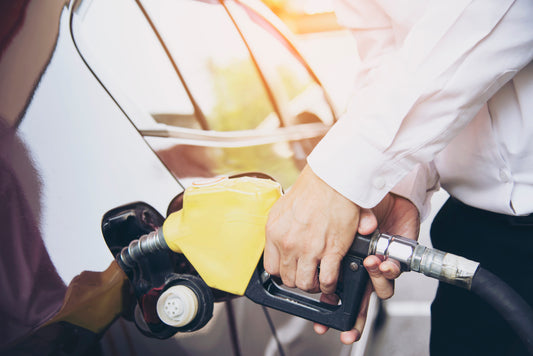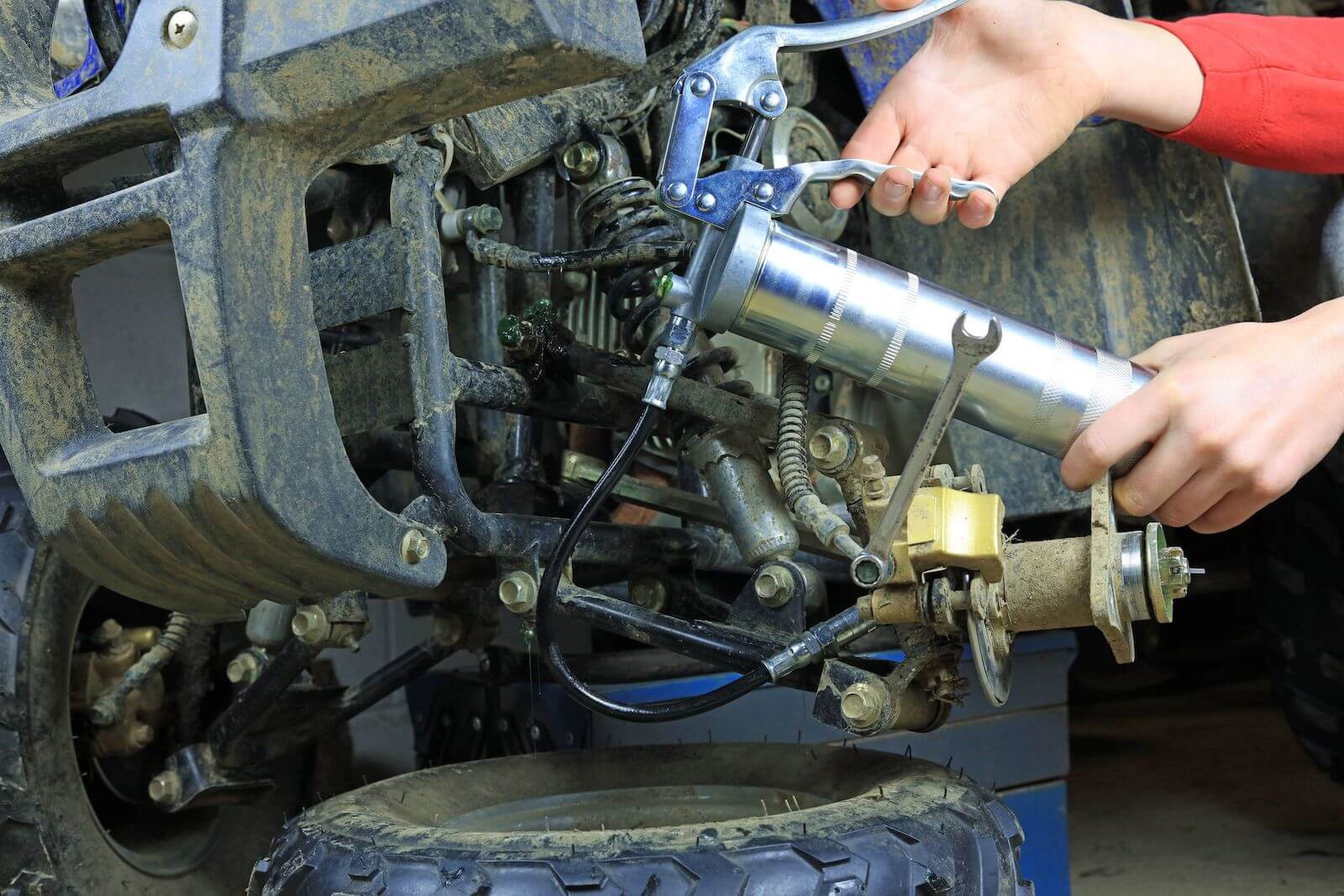Stopping leaking fuel tanks can be a challenge. However, if you know what product to use, your troubles will disappear. That is why you need to use a tank sealing set that includes the following:
- A phosphating rust converter
- A transparent single-component resin for sealing purposes
Stopping Leaking Fuel Tanks – Why You Need to Seal Them
If a tank is leaking, it is often because it has not been sealed. That is because an unsealed tank rusts and corrodes more easily. If a lead-free gas is introduced, rust particles more easily develop. As a result, the particles can damage carburetors, fuel injection systems and fuel pumps. Even if you drive a diesel vehicle, an unsealed tank will rust. Not only that, fuel tanks that are built with glass fiber reinforced plastic are also at risk. The composite material dampens and becomes porous if it is not sealed.
A product that is used for tank sealing saves a tank by lining the inside of the component with a protective liner. Even if a tank is odorous and wet, it will not leak when the right tank sealing product is used. You need to use a single-component tank sealing resin as it will not become brittle. That is because this type of sealant retains a certain degree of flexibility. Not only does the coating inside the tank adhere better, the single-component resin hardens gradually. In turn, proper sealing is assured.
A Recommended Tank Resin Sealant
Products, such as WAGNER single-component tank sealing resin seal tanks made of the following materials:
- Steel (including alloys)
- Aluminum
- Copper
- Stainless steel
- Brass
- Plastics
Even a tank that features a smooth inside surface can be sealed with a single-component tank sealing resin. You do not have to roughen it. The only materials that cannot be coated with this sealing resin are tanks made of polypropylene and polyethylene. That is because these types of materials cannot be permanently coated.
Ensure the Durability of Your Fuel Tank
A single-component resin for sealing a tank resists a number of fuel types, including unleaded and leaded fuel and ethanol and fuel blends. So, if you want to ensure the durability of your fuel tank, you need to consider sealing it.
However, the sealer you use, as noted, must the carefully chosen. For example, two-component sealing compounds tend to get brittle. That is why you need to use a single-component tank sealing resin. The aforementioned product can be used for stopping leaking fuel tanks. As long as it is combined with the right fuel tank materials, it will do a superb job.
Preparation is Key
With that being said, it is important to properly prepare a fuel tank before sealing it. According to experts, tank sealing is best done in a warm environment. That is because cooler temperatures extend the time for application and drying.
Generally, a sealant should be applied when the ambient temperature is around 60 degrees Fahrenheit or 15 degrees Celsius. If the temperature is lower, the application and drying times will double in length. Never seal a tank when the temperature is hovering around the freezing point. However, you can clean or de-rust a tank at any temperature.
In order to correctly prepare a tank for sealing, you need to remove the fuel valves, filters, fuel caps, and similar hardware. These items need to be set aside as the sealant could damage them. You can reinstall these fixtures when the final layer of sealant is dry and has hardened.
Protecting the Outside of the Tank
Protect the outside of the tank by wrapping it snugly with plastic foil. Usually, you can use a trash bag that is attached with tape. If the tank is rusted or dirty, you need to mechanically clean it before de-rusting it.
When sealing the tank, sand any large holes until the paint is removed and treated with a rust converter. Cut and glue fiberglass over each hole and use the sealing resin. After this step, use a brush to apply a thin coat of sealing resin over each patched hole. Apply a second coat when the first coat is dry. A third coat should be applied after a few hours’ time.
Image Credit:







